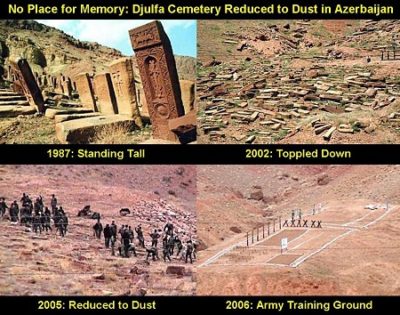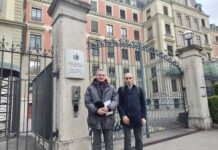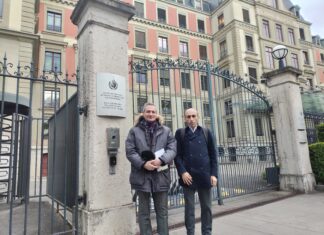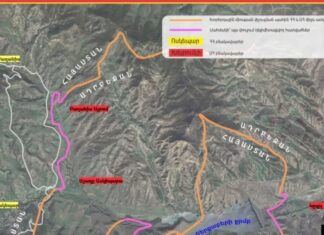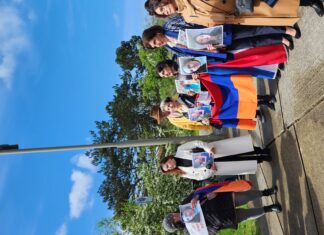PARIS (PanARMENIAN.Net) — Azerbaijan was elected a member of the UNESCO Committee for the Protection of Cultural Property in the Event of an Armed Conflict on December 2, according to media reports from Azerbaijan.
Membership term is four years, until 2025.
Baku’s election to the Committee comes one year after the end of the Second Karabakh War unleashed by Azerbaijan in fall 2020. During the military hostilities, Azerbaijani forces launched two targeted attacks on the Holy Savior Ghazanchetsots Cathedral in Shushi. Azerbaijan earlier “restored” a church by replacing its Armenian inscription with glass art. Furthermore, Azeri President Ilham Aliyev visited the region of Hadrut in territories occupied by Azerbaijan and declared his intention to “renovate” a 12th century Armenian church, which he claimed to “an Albanian church.” Aliyev went so far as to accuse Armenians of leaving “fake inscriptions” in the Armenian language.
Concerns about the preservation of cultural sites in Nagorno-Karabakh are made all the more urgent by the Azerbaijani government’s history of systemically destroying indigenous Armenian heritage — acts of both warfare and historical revisionism. The Azerbaijani government has secretly destroyed a striking number of cultural and religious artifacts in the late 20th century. Within Nakhichevan alone, a historically Armenian enclave in Azerbaijan, Azerbaijani forces destroyed at least 89 medieval churches, 5,840 khachkars (Armenian cross stones) and 22,000 historical tombstones between 1997 and 2006.Dest



